Heat System

What is the relationship between heat waves and mortality rates ?
The text discusses the relationship between heat waves and mortality rates, highlighting various factors that contribute to this complex relationship. It emphasizes the increased risk of heat-related illnesses like dehydration, heat exhaustion, and heat stroke during heat waves, which can lead to serious complications and death if not treated properly. The article also notes the impact of heat waves on chronic health conditions like cardiovascular disease, respiratory problems, and diabetes. Age-related vulnerabilities are discussed, with older adults being particularly susceptible due to physiological changes and a higher prevalence of chronic health conditions. Socioeconomic factors are identified as crucial determinants of an individual's vulnerability to the adverse effects of heat waves, including housing quality, healthcare access, education level, and employment status. The text concludes by stressing the importance of public health strategies aimed at reducing the impact of heat waves on vulnerable populations.

How do urban greening projects influence city temperatures and heat islands ?
Urban greening projects, such as planting trees and creating parks, can help reduce city temperatures and mitigate the effects of urban heat islands. These projects provide shade, reduce heat absorption by buildings and roads, and promote evapotranspiration, all of which contribute to cooler city environments. By increasing vegetation in cities, urban greening initiatives can also help reduce the intensity of urban heat islands, making cities more comfortable for residents. As our world continues to urbanize, prioritizing urban greening initiatives is essential for creating healthier and more sustainable cities for future generations.

How can I identify and respond to signs of heat exhaustion or heatstroke ?
Heat exhaustion and heatstroke are two serious conditions that can occur when the body overheats, often due to prolonged exposure to high temperatures and dehydration. Recognizing the symptoms of each is crucial for timely treatment. Heat exhaustion symptoms include heavy sweating, weakness, dizziness, nausea, muscle cramps, pale skin, headache, confusion, and rapid heartbeat. Heatstroke signs involve fever, altered mental state, hot dry skin, rapid breathing, racing heart rate, nausea and vomiting, severe headache, and possibly seizures. Immediate action is required: for heat exhaustion, move to a cooler area, hydrate, cool down, and rest; for heatstroke, call emergency services, move to shade, lower body temperature, lighten clothing, stay hydrated, and monitor vital signs. Prevention involves avoiding strenuous activities during peak heat, wearing appropriate clothing, staying hydrated, and recognizing personal limits.

How does a home security system work ?
A home security system is designed to protect your property and loved ones from potential threats such as burglary, fire, and other emergencies. It consists of various components that work together to detect, alert, and respond to different types of alarms. The control panel communicates with all other devices and connects to the monitoring center. Sensors detect movement, heat, smoke, or other environmental changes and send signals to the control panel. Surveillance cameras provide real-time video feeds that can be monitored remotely through a smartphone app or computer. Alarms produce loud sounds when an intrusion or emergency is detected. Keypads allow users to arm and disarm the system manually. Smart devices like smart locks, thermostats, and lights can be integrated into the system for additional convenience and control.
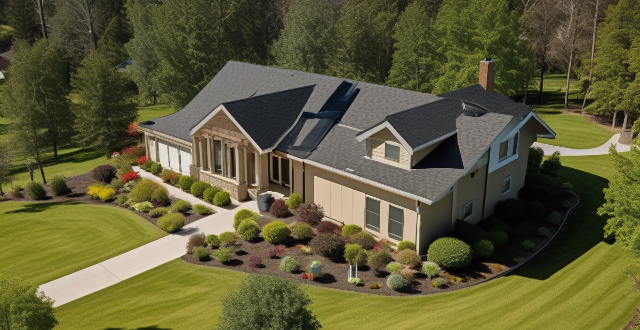
Can a home security system protect against natural disasters like floods or fires ?
A home security system is primarily designed to protect against intruders and theft, but some advanced systems can also provide protection against natural disasters like floods or fires. Smoke detectors and heat sensors are essential for early detection of fires, while water sensors can detect high moisture levels indicating potential flooding. While home security systems don't typically offer protection against earthquakes directly, they can still be useful in emergencies by providing communication capabilities and access to emergency services. By integrating features like smoke detectors, heat sensors, water sensors, and smart home automation, you can extend the functionality of your home security system to protect against natural disasters like floods or fires.

How do I choose the right energy-efficient lighting system for my needs ?
Choosing the right energy-efficient lighting system involves assessing your needs, considering options like LED and solar lighting, evaluating energy efficiency ratings, and factoring in maintenance costs.
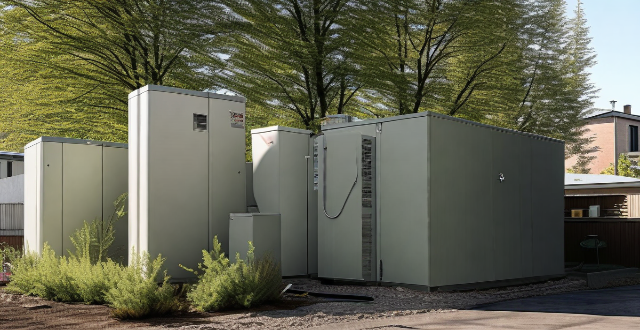
What is a distributed energy system ?
Distributed energy systems (DES) are integrated systems that generate, store, and manage energy near the point of consumption. They typically include renewable energy sources, energy storage devices, and control systems. The primary goal is to optimize energy production and consumption while minimizing environmental impact and enhancing energy security. Key features of DES include decentralized generation, renewable energy sources, energy storage, intelligent control systems, flexibility, and scalability. Benefits of DES include increased energy efficiency, improved reliability, reduced environmental impact, enhanced energy independence, and cost savings. Examples of DES include residential solar PV systems, commercial buildings with cogeneration, microgrids, and community energy projects.
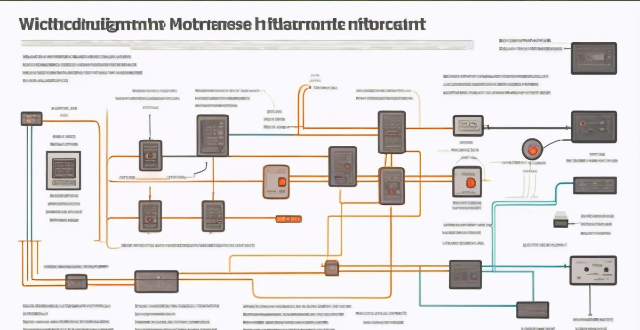
What are the challenges faced when designing a multi-motor drive system ?
The article discusses the challenges of designing a multi-motor drive system, including coordination between motors, power distribution, and synchronization. It emphasizes the importance of control algorithms, communication systems, mechanical design, efficiency optimization, power management, thermal management, timing control, feedback mechanisms, and mechanical design in achieving proper operation of the system. The article concludes that careful consideration of these factors is crucial for creating efficient and effective multi-motor drive systems.

How to install a burglar alarm system at home ?
This guide provides a comprehensive step-by-step process for installing a burglar alarm system at home, covering aspects like system selection, layout planning, tools and materials gathering, control panel installation, sensor placement, device connection, testing the system, programming settings, and maintenance tips. It emphasizes the importance of choosing the right system based on type, features, reputation, and cost. The guide also highlights the significance of proper sensor placement, power source planning, and using appropriate tools and materials. It details the procedure to install the control panel, sensors, cameras, and glassbreak detectors, followed by connecting devices either wirelessly or through hardwiring. Testing the system, setting up user codes, and customizing settings are crucial steps before regular maintenance and troubleshooting ensure the system's longevity and effectiveness.

What are some examples of recent technological advancements in renewable energy sources ?
Renewable energy sources have been gaining momentum in recent years due to the increasing awareness of climate change and the need for sustainable alternatives to fossil fuels. Here are some examples of recent technological advancements in this field: - Solar Energy: Perovskite solar cells, bifacial solar panels, concentrated solar power (CSP) systems with efficient heat transfer fluids and storage systems. - Wind Energy: Floating wind turbines designed for deep waters, smart grid integration with improved forecasting techniques, demand response programs, and energy storage solutions. - Hydropower: Run-of-river systems that minimize environmental impact by utilizing natural river flow, low head hydropower installed in existing water infrastructure without significant modifications. - Geothermal Energy: Enhanced geothermal systems (EGS) with improved drilling techniques and efficient heat exchangers, low-temperature geothermal heat pumps harnessing warmth from Earth's surface even in colder climates. - Biomass Energy: Anaerobic digestion process breaking down organic matter to produce biogas for electricity generation or as a natural gas substitute, torrefaction converting biomass into coal-like substance called biocoal with higher energy density and potential applications in replacing coal in power plants and industrial processes.

What role does global warming play in climate predictions ?
The text discusses the role of global warming in climate predictions, emphasizing its multifaceted impact on various aspects of the Earth's climate system. Key points include increased temperatures leading to melting ice, rising sea levels, and changes in precipitation patterns; intensified extreme weather events like heat waves and hurricanes; ocean acidification harming marine life; alterations in ecosystems affecting animal migration and habitats; agricultural impacts such as changing crop yields and growing seasons; and human health concerns including the spread of diseases and heat-related illnesses. The conclusion stresses the importance of considering these factors in future climate projections and mitigating the effects of global warming through reduced greenhouse gas emissions.

How often should I test my home security system to ensure it's working properly ?
Testing your home security system regularly is crucial for maintaining its effectiveness and ensuring that it functions as intended when you need it the most. Here are some guidelines on how often you should test various components of your home security system: - Alarms and Sensors: Monthly testing, check batteries every six months - Surveillance Cameras: Weekly check, review footage periodically - Keypads and Control Panels: Monthly verification, test backup power source every six months - Communication Systems: Quarterly testing, phone line check if using a landline - Environmental Sensors: Annually or seasonally testing, replace batteries annually Steps for testing your home security system include consulting your user manual, notifying authorities if connected to a monitoring service, performing visual inspections, testing each component according to recommended frequency, documenting results, and addressing any issues promptly. By following these guidelines and steps, you can ensure that your home security system remains reliable and effective in protecting your home and loved ones.
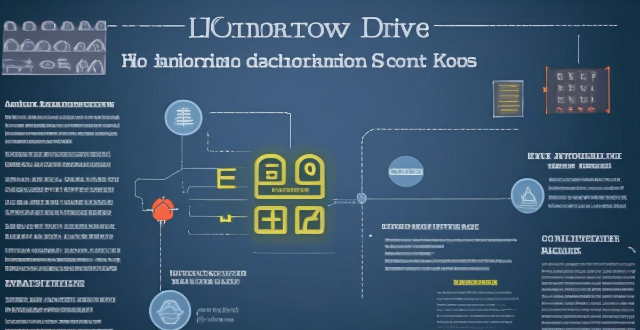
How does a multi-motor drive system work ?
The text explains how a multi-motor drive system works, its components, and benefits. It describes the process of power conversion, control signals, motor operation, mechanical transmission, and feedback adjustment in such systems. The advantages include improved efficiency, increased redundancy, and enhanced control.

How much money can I save by switching to an energy-efficient lighting system ?
Switching to an energy-efficient lighting system can result in significant cost savings over time, depending on several factors such as the type of lighting system currently used, the size of the space, and the hours of operation. Comparing the costs of different lighting systems reveals that LED bulbs offer the lowest operating costs due to their minimal energy consumption. Switching to LED bulbs can also provide other benefits such as reduced environmental impact, longer lifespan, improved light quality, safety, and reliability.
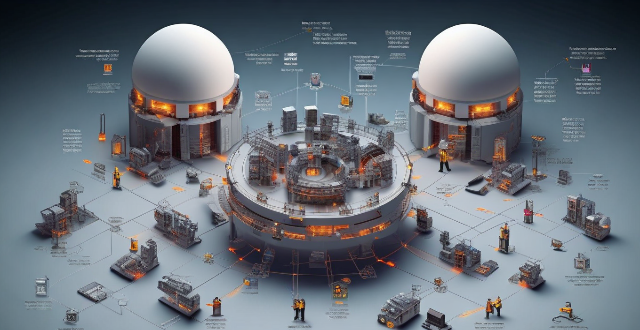
How does a burglar alarm system work ?
Burglar alarm systems are designed to detect and prevent unauthorized access or theft. They typically consist of a control panel, sensors, cameras, and sirens/alarms. The system works by detecting movement or vibration at entry points, verifying whether it's an intruder, triggering an alarm, alerting the monitoring center or homeowner, deterring the intruder, recording footage, and restoring the system once the threat is neutralized.

How do you maintain and troubleshoot a DC brushed motor ?
Maintaining and Troubleshooting a DC Brushed Motor involves regular cleaning, lubrication, brush replacement, heat management, and monitoring voltage and current. Troubleshooting steps include checking for no power, reduced performance, excessive heat, vibration or noise, sparking, intermittent operation, and smoke or burning smell. Proper maintenance and troubleshooting can prolong the lifespan and ensure reliable operation of the motor.

Can exercise boost the immune system ?
Exercise can indeed boost the immune system through various mechanisms, including enhanced circulation, reduced inflammation, weight management, stress reduction, improved sleep, increased self-esteem and mental health, microbiome diversity, temperature regulation, prevention of chronic diseases, and social interaction. Regular moderate exercise is generally considered beneficial for the immune system, but it's essential to consult with healthcare professionals to determine the appropriate amount and intensity of exercise for individual needs and circumstances.

Can I install a home security system myself or do I need a professional ?
This guide helps individuals decide whether to self-install a home security system based on technical skills, time availability, budget, and system complexity. It outlines steps for DIY installation including research, planning, choosing the right system, gathering tools, and troubleshooting. The benefits of professional installation such as expertise, guaranteed workmanship, and customization are also discussed. The conclusion emphasizes that the decision depends on personal circumstances and preferences.
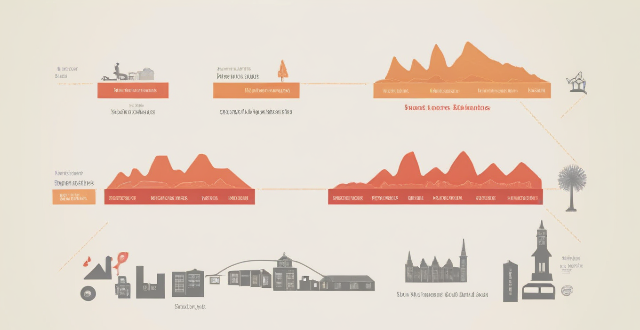
Can you explain Australia's points-based immigration system ?
Australia's points-based immigration system is a method to select skilled immigrants for permanent residency. The system assigns points based on age, education, work experience, and language proficiency. It aims to attract skilled workers who can contribute to the country's economy and fill labor market gaps. Applicants must meet health and character requirements and are placed into a pool of candidates for selection. The system provides transparency and fairness in the immigration process by using objective criteria to evaluate applicants.

What are the benefits of using a combination motor drive system ?
Combination motor drive systems offer benefits such as improved efficiency, increased reliability, flexibility, and enhanced control. These systems combine the advantages of different types of motors to create a more efficient and reliable drive system. They are ideal for a wide range of applications and can help businesses save money on energy costs while reducing downtime and maintenance requirements.
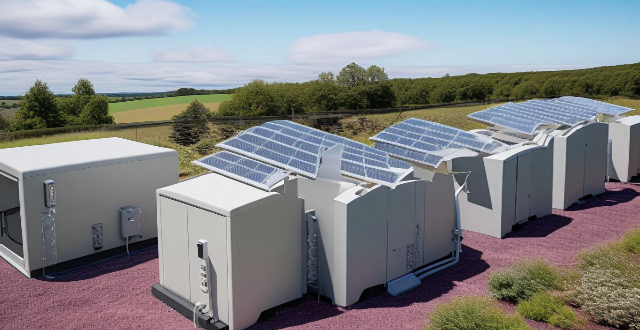
How does a distributed energy system work ?
A distributed energy system (DES) is a decentralized approach to power generation and distribution that utilizes renewable energy sources, energy storage devices, and smart grid technologies. The system works by generating electricity locally from renewable sources, storing excess energy for later use, and distributing power efficiently within a local area. This setup enhances efficiency, reliability, and sustainability while potentially reducing costs. DESs offer flexibility and adaptability to changing energy needs and technological advancements, positioning them as a crucial element in the future of energy infrastructure.
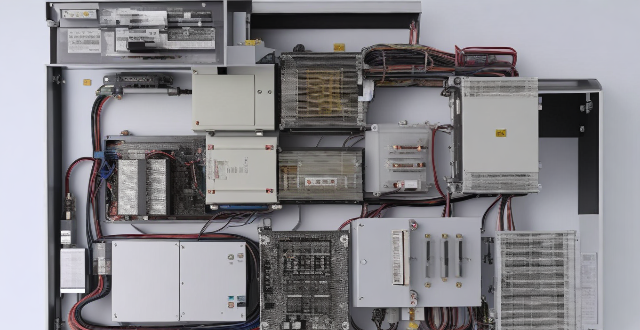
What are the advantages of using a single motor drive system ?
A single motor drive system is a type of electric motor control system that uses only one motor to power a machine or equipment. This system has several advantages over other types of drive systems, including simplified design and maintenance, improved efficiency and performance, increased reliability and longevity, and greater flexibility and versatility. These benefits make it an attractive option for many industrial applications where precise control and efficient operation are essential.
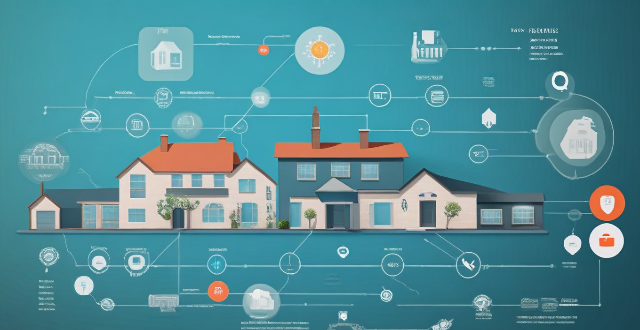
How much does a good home security system cost ?
The cost of a good home security system depends on various factors, including the type of system, features, installation fees, and monitoring services. While DIY systems are generally less expensive, professionally installed systems offer more advanced features and peace of mind through professional monitoring. When choosing a home security system, consider your specific needs and budget to find the best solution for your property.